
The EDSA People Power Revolution: A Triumph of Nonviolent Resistance
The EDSA People Power Revolution, a pivotal moment in Philippine history, cannot be fully understood without examining the political landscape that preceded it. The era of Ferdinand Marcos, which began with his election as president in 1965, set the stage for one of the most significant nonviolent revolutions of the 20th century. Marcos’ Rise to […]
Read More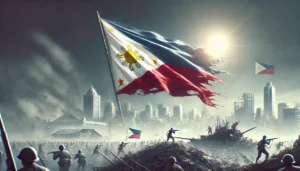
The Liberation of Manila: A Costly Victory
The city of Manila, the capital of the Philippines, fell to Japanese forces on January 2, 1942, during the early stages of World War II in the Pacific. For three years, the once-vibrant “Pearl of the Orient” endured a harsh occupation that dramatically altered the lives of its residents. The Japanese military government imposed strict […]
Read More
The History of Philippine Fashion: From Traditional to Modern
The story of Philippine fashion begins long before the arrival of foreign influences. In the pre-colonial era, indigenous Filipino clothing was characterized by its simplicity, functionality, and adaptation to the tropical climate. Traditional Garments The basic attire for men consisted of the bahag, a loincloth made from woven bark cloth or cotton. Women typically wore […]
Read More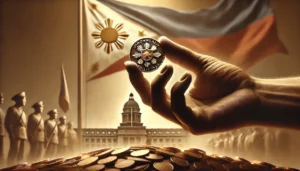
The Commonwealth Era: A Period of Transition
The Commonwealth Era in Philippine history marks a significant period of transition, bridging the gap between American colonial rule and full independence. This era, spanning from 1935 to 1946, was characterized by profound changes in governance, society, and the national identity of the Philippines. The Tydings-McDuffie Act The foundation for the Commonwealth period was laid […]
Read More
The Manila Massacre: A Brutal Chapter in the Japanese Occupation
The Japanese occupation of the Philippines began on December 8, 1941, just hours after the attack on Pearl Harbor. The invasion was part of Japan’s broader strategy to dominate Southeast Asia and secure vital resources for its war effort. Within months, the Japanese had overrun much of the country, forcing American and Filipino forces to […]
Read More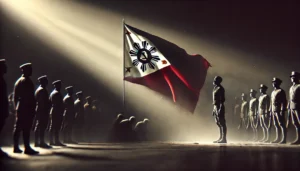
The Katipunan: The Secret Revolutionary Society
The Katipunan, formally known as “Kataas-taasang, Kagalang-galangang Katipunan ng mga Anak ng Bayan” (Supreme and Venerable Association of the Children of the Nation), stands as a pivotal organization in Philippine history. Founded on July 7, 1892, in Manila, this secret revolutionary society emerged from the ashes of disappointment and frustration with the failed reforms promised […]
Read More
The Jabidah Massacre: A Tragedy in Muslim Mindanao
The Jabidah Massacre, a dark chapter in Philippine history, occurred against the backdrop of longstanding tensions between the Muslim population in Mindanao and the predominantly Christian central government. To fully grasp the significance of this event, it is crucial to understand the historical context that led to it. Pre-colonial Mindanao Before the arrival of Spanish […]
Read More
The Role of Media in Philippine History: Shaping Public Opinion
The media has played a pivotal role in shaping public opinion throughout Philippine history. From the Spanish colonial era to the modern digital age, various forms of media have served as powerful tools for information dissemination, political discourse, and social change. This blog explores the evolution of media in the Philippines and its impact on […]
Read More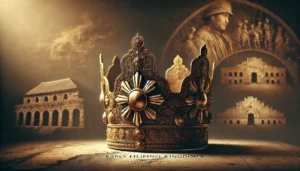
Ancient Filipino Kingdoms: A Glimpse into Pre-Hispanic Society
The pre-Hispanic Philippines was a tapestry of diverse cultures, societies, and political entities. Long before the arrival of Spanish colonizers in the 16th century, the archipelago was home to numerous kingdoms and polities that had developed sophisticated systems of governance, trade, and social organization. This blog post delves into the rich history of these ancient […]
Read More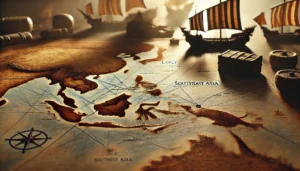
Trade and Maritime Routes: Early Connections with Southeast Asia
The Ancient Maritime Silk Road The Maritime Silk Road, an intricate network of sea routes connecting East Asia, Southeast Asia, the Indian subcontinent, Arabian peninsula, East Africa, and Europe, played a crucial role in shaping the economic and cultural landscape of the Philippines. This ancient trade route, which flourished from the 2nd century BCE to […]
Read More